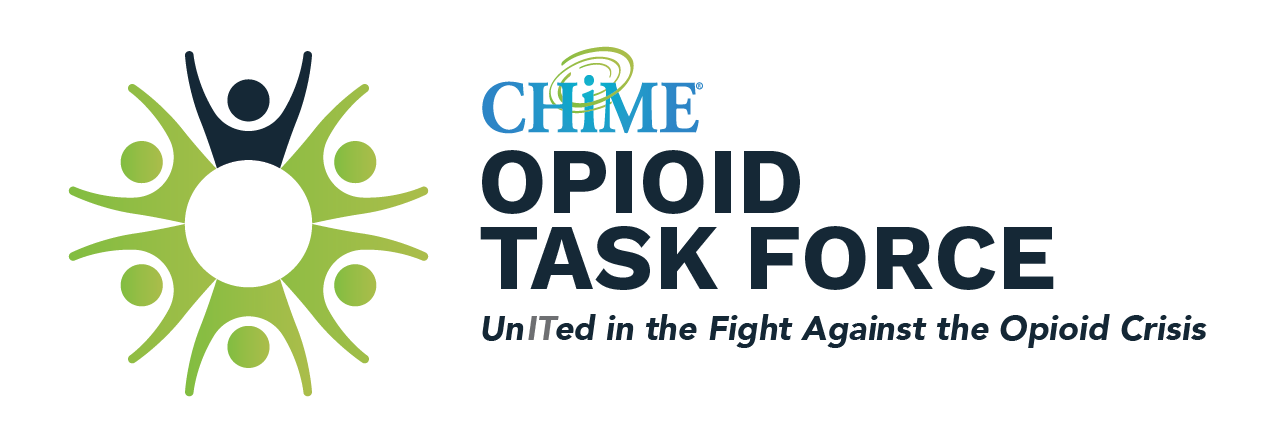There are many resources available. including the American Society of Addiction Medicine and the American Academy of Addiction Psychiatry, CDC Opioid Guidelines and toolkits from the American Hospital Association to assist with content development for an educational program. In addition, educational material and programming should equip physicians to engage patients who may be in different phases of addiction. Though most patients likely will never go past phase 1 and 2, there remain too many who are at risk as they progress to addiction and possibly death.
Phase 1: No opioid use, “opioid-naïve”
Phase 2: Acute pain treatment with opioids
Phase 3: Tolerance
Phase 4: Dependence
Phase 5: Recovery
Education should not only include treatment plans and guidelines but should include scripts and advice on how to have crucial conversations with patients about their expectations for pain, options for management and need for weaning off opioids. Pain management training consists of many topics as seen in Table 5.
| Table 5. Topics for Pain Management Training | ||
|---|---|---|
| Safely tapering or discontinuing opioids when risks outweigh benefits | Monitoring patients taking opioids | Ensuring compliance with controlled substances laws and regulations |
| Designing a pain management treatment plan | Making decisions about continuing or discontinuing opioids | Keeping accurate records and checking relevant databases PDMP |
| Counseling patients about opioid safety, risks, and benefits | Assessing risk of opioid misuse | Opioid stages/awareness |
| Safely prescribing opioids in various settings | Promote safe storage and disposal of opioids | Pain management alternatives |
| Managing acute pain | Responding to signs of addiction | Community awareness and resources |
In addition, providers should be trained to avoid the stigma of substance disorder that could discourage patients from seeking appropriate treatment.
Patient Education with Joint Decision Making and Treatment Agreements
Prescribers should engage patients in a conversation about their expectation for pain and options for management. This requires patient education. Education should include considerations that address biopsychosocial factors with pain care:
- Defining and understanding contributing factors associated with pain
- Education on types of pain and factors that can influence or impact pain
- Differentiation of pain management strategies for acute and persistent or chronic pain
- Education on treatment options including non-pharmacological alternative methods for reducing and managing pain
It is important for care team members to direct patients to credible sources of health information, as an uninformed patient can be easily misdirected by divergent and sometimes false information available from noncredible sources. See the Resources section for a list of credible sources.
Shared decision making and use of treatment agreements will assist providers to review realistic benefits, risks and side effects (both common and serious), as well as alternative treatment options with the patient (See Table 6). Health systems and hospitals must fully support providers in helping connect patients to resources, appropriate treatment, social support and the help they need.
Table 6.
| Patient engagement and shared decision making requires: |
|---|
| Providing specific and realistic benefits of opioid medications including what they are and their intended use |
| Offering alternative treatment options |
| Assisting patients to focus on managing acute pain during healing and improve functionality |
| Discussing benefits, risks, and side effects opioid use, and providing clear and easy to understand educational material |
| Discussion safe storage of opioid medications including out of reach of others |
| Encouraging questions and providing follow-up opportunities |
